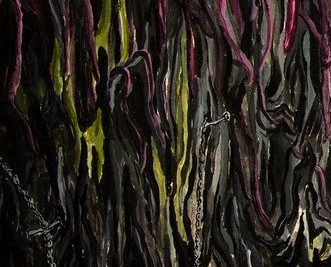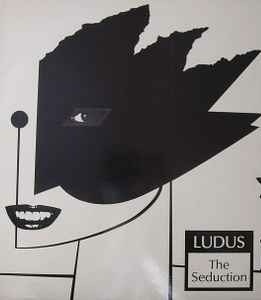In mid-November of last year, David Smith, a retired print technician and an aficionado of jigsaw puzzles, fractals and road maps, was doing one of his favorite things: playing with shapes. Using a software package called the PolyForm Puzzle Solver, he had constructed a humble-looking hat-shaped tile. Now he was experimenting to see how much of the screen he could fill with copies of that tile, without overlaps or gaps.
Usually when he created tiles, they would either settle into some repeating pattern or fail to tile much of the screen. But the hat tile seemed to do neither. Smith cut out 30 copies of the hat on cardstock and assembled them on a table. Then he cut out 30 more and kept going. “I noticed that it was producing a tessellation that I had not seen before,” he said. “It’s a tricky little tile.” He sent a description of his tile to Craig Kaplan, an acquaintance and computer scientist at the University of Waterloo in Canada, who immediately started investigating its properties.
The surprisingly simple tile is the first single, connected tile that can fill the entire plane in a pattern that never repeats — and can’t be made to fill it in a repeating way.
[...]
Mathematicians have been trying to find a single tile that fills the two-dimensional plane aperiodically, without gaps or overlaps. Ludwig Danzer, a German geometer, playfully dubbed such a tile an “einstein” — a pun on the German phrase “ein stein,” which means “one piece.”
A tweet...
Waiting for its application in game textures, to hide repetition.
Edit
It's like Penrose tiling. See Wheaties' comment.
Imagine how many of these amazing enthusiast discoveries we would be getting under communism.
This type of shit is essentially the basis of all modern science. Every "scientist" up to the early 1900s was just a regular person that was extremely passionate about some subject. Science only became formalized and commercialized around the time of WW1. We are absolutely losing out on millions of discoveries by forcing people into wage slavery.
Every “scientist” up to the early 1900s was just a regular person that was extremely passionate about some subject
and rich enough with enough leisure time to investigate it
The most interesting thing about this is that it requires only a single tile. That's what makes it novel and surprising, no one managed to make that happen before :)
I don't know much about One Piece but it's funny to me that that's what Einstein means in German
fun article
When I lived in Japan - I found what I call "katakana English" to be really annoying. An example...
ワンピースドレス
When I first saw it - a part of my brain kept trying to interpret it as "wan peace dress". A few seconds later the light blub went on and I got it "one piece dress". I had another problem with such phrases transliterated from English - some English language pronunciation would always sneak in and my pronunciation would be a mess.
yeah that makes a lot of sense especially in the context of talking about tiles
The Laugh Tale is one of those stories that ends with "..and that young man? Einstein"
Oh, cool, a multiple discovery of Penrose tiling
edit: wow, you're headline is so much better than the actual one. I swear, the way journalists report on research is a huge reason why people are skeptical of the scientific process.
No, it's not. Penrose's tilings require two tiles, this one requires only one. It's a fully novel result.
Yeah this is apparently a single universal aperiodic two-dimensional connected set prototile with corresponding matching rules :nicholson-yes: or as the article puts it:
a single tile whose copies can fill the entire plane, but only in patterns that don’t consist of a repeating block of tiles
As others have pointed out, this one still does require mirroring the tile to fill the plane, so there's another breakthrough on the table yet (if such a shape exists).
Quanta magazine is actually one of the best places for public facing science reporting too. It's basically that and the general public division of nature magazine.
Beyond the headlines their articles are usually top notch fwiw.
A few hundred more episodes will straighten things out. Maybe. :sleepless:
I saw it explained this way: with square tiles, for example, you could shift the pattern over a certain distance (say one square width to the right) and the tiles would line up perfectly with the original. With this tile, you can’t ever do that.
If you want a sort of an idea, this is Minute Physics' video about why the Penrose Tiling doesn't repeat.
I’d seen this floating around for a few days but never looked at the shape up close
That’s dope that it’s equivalent to 1/3 of a hexagon but all fucked up and weird. And great that some dude was just doing his puzzles and and answered a very understandable open problem. Very lucky he got in touch with people who appreciate it, definitely for mathematicians
















